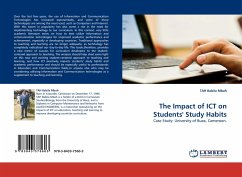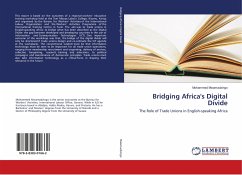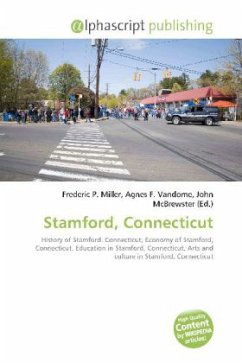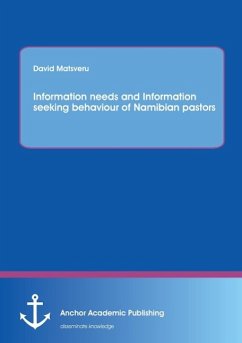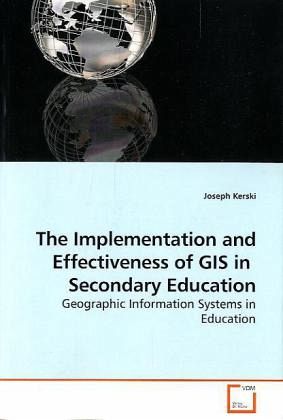
The Implementation and Effectiveness of GIS in Secondary Education
Geographic Information Systems in Education
Versandkostenfrei!
Versandfertig in 6-10 Tagen
32,99 €
inkl. MwSt.

PAYBACK Punkte
16 °P sammeln!
Some educators consider GIS to be one of the most promising means for implementing educational reform. However, GIS technology has been adopted by only 1% of American high schools. This research describes the geographic and curricular extent to which GIS technology and methods are being implemented in secondary education in the USA, explains why and how GIS is being implemented, and assesses the effects of GIS-based lessons on teaching and learning. A national survey of 1,520 high schools provided primary data to explain the extent of the implementation. A set of experiments and case studies p...
Some educators consider GIS to be one of the most promising means for implementing educational reform. However, GIS technology has been adopted by only 1% of American high schools. This research describes the geographic and curricular extent to which GIS technology and methods are being implemented in secondary education in the USA, explains why and how GIS is being implemented, and assesses the effects of GIS-based lessons on teaching and learning. A national survey of 1,520 high schools provided primary data to explain the extent of the implementation. A set of experiments and case studies provided primary data for assessing the effects of GIS. GIS provides issues-based, student-centered, standards-based, inquiry-oriented education, but its effectiveness is limited primarily by social and structural barriers. GIS is implemented primarily by veteran science teachers at high schools who perceive that GIS provides interdisciplinary, real world relevance. Results of experiments were mixed. Case studies showed that GIS changes teacher and student roles, communication, and methods of teaching and learning.





